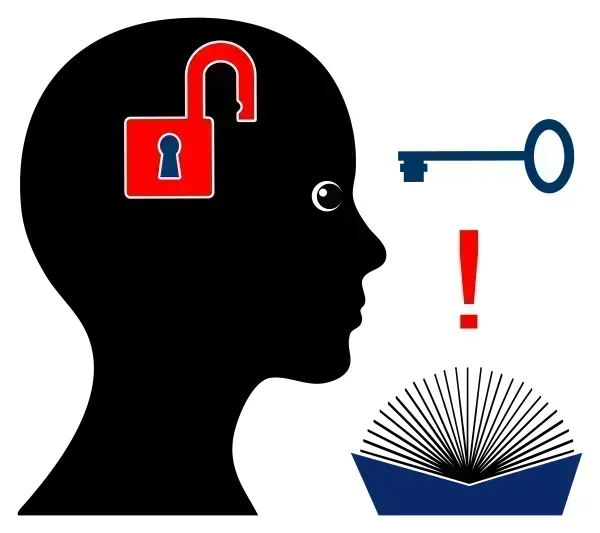
Never report injury codes from Chapter 19 for injuries that occur during a medical intervention.
In Podiatry Coding and Billing Alert Vol. 11, No. 9, you learned all about the ICD-10 2020 codes and what you should expect in your podiatry office. Recently, CMS released the latest ICD-10 Official Guidelines for Coding and Reporting.
Whenever new ICD-10 guidelines are released, it is imperative that you carefully review them, says Arnold Beresh, DPM, CPC, CSFAC, in West Bloomfield, Michigan.
Both the new codes and the guidelines will go into effect Oct. 1, 2019. Read on to make sure your practice is prepared to take on the new ICD-10 2020 codes and guidelines.
Catch New Rules for Pressure and Non-Pressure Ulcers
ICD-10 2020 will give you several new codes for pressure-induced deep tissue damage. They are as follows:
The ulcer codes have become more specific, and your medical documentation should reflect this change, Beresh says.
Along with these new pressure-induced deep tissue damage codes, you will also receive new guidance. According to a brand-new section in the guidelines, when you report pressure-induced deep tissue damage or deep tissue pressure injury, you should only report the appropriate code for pressure-induced deep tissue damage (L89.XX6).
And that’s not the only new guideline you will have concerning ulcers. Check out all you need to learn from Chapter 12: Diseases of the Skin and Subcutaneous Tissue (L00-L99).
Pressure ulcer stages: ICD-10 2020 further clarifies the rules for pressure ulcer stages. (Emphasis added.)
“Codes in category L89- (Pressure ulcer), identify the site and stage of the pressure ulcer, according to the guidelines. “The ICD-10-CM classifies pressure ulcer stages based on severity, which is designated by stages 1-4, deep tissue pressure injury, unspecified stage, and unstageable.”
As you can see, this addition clarifies that the codes for pressure ulcers tell you both the site and stage of the pressure ulcer. Also, the guidelines offer you more specificity about how ICD-10-CM classifies ulcer stages.
Healed ulcers: You will also see more specific guidance about what to do when the pressure ulcer or non-pressure chronic ulcer is healed. (Emphasis added.)
“No code is assigned if the documentation states that the pressure ulcer is completely healed at the time of admission,” according to the guidelines.
This guideline also holds true for non-pressure chronic ulcers: “No code is assigned if the documentation states that the non-pressure ulcer is completely healed at the time of admission.”
Dial Into These Miscellaneous Additions
Don’t miss these miscellaneous ICD-10 guidelines additions you will want to make a note of when Oct. 1 rolls around.
Iatrogenic injuries: ICD-10 2020 will add a paragraph concerning iatrogenic injuries.
You should not report injury codes from Chapter 19 for injuries that occur during or as a result of a medical intervention, according to the guidelines. Instead, you should report the appropriate complication code.
Physeal fractures: ICD-10 2020 will also add guidance concerning physeal fractures.
When you report physeal fractures, you should only report the code that identifies the type of physeal fracture. You should not report a separate code to identify the specific bone that fractured.
T-codes: ICD-10 2020 will offer you additional information on how to handle a case where the patient takes two or more drugs, medicinal, or biological substances.
If the patient takes two or more drugs, medicinal, or biological substances, then you should report each code individually, unless there is an appropriate combination code in the Table of Drugs and Chemicals, according to the guidelines.
Also, don’t miss this brand-new paragraph in the guidelines: “If multiple unspecified drugs, medicinal or biological substances were taken, assign the appropriate code from subcategory T50.91 (Poisoning by, adverse effect of and underdosing of multiple unspecified drugs, medicaments and biological substances).” This addition just gives you further instruction about how to report cases where the patient takes two or more drugs, medicinal, or biological substances.
